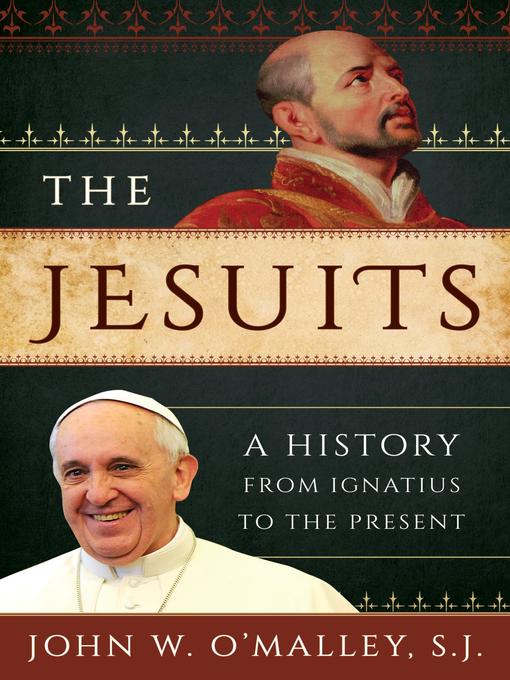
The Jesuits
A History from Ignatius to the Present
فرمت کتاب
ebook
تاریخ انتشار
2014
شابک
9781442234765
کتاب های مرتبط
- اطلاعات
- نقد و بررسی
- دیدگاه کاربران
نقد و بررسی

August 11, 2014
Perhaps no organization within the Catholic Church has been both reviled and admired as much as the Society of Jesus, whose members are known as Jesuits. O’Malley (What Happened at Vatican II), a Jesuit priest and professor of theology at Georgetown University, is a masterful historical scholar and he knows how to tell a lively story. He divides the history into four periods, including the founding of the order; its early years; its suppression, when it was disbanded for over 70 years; and the modern and postmodern eras. The founding of Jesuit schools is an especially fascinating topic, as the establishment of educational institutions was not an original intention of Society founder Ignatius Loyola. Yet it is now what Jesuits are primarily known for worldwide. Another intriguing historical episode is the Chinese rites controversy, which pitted the Jesuits against the Dominicans in a battle over missionary tactics abroad. The Jesuits certainly made their share of enemies over the past five centuries, some of whom tried to wipe the organization out of existence. O’Malley’s book would make an excellent introductory text for anyone interested in the history of the Society of Jesus, the Catholic religious order that nurtured Pope Francis I and thousands of other great men.

October 1, 2014
O'Malley (theology, Georgetown Univ.; The First Jesuits), has again written a lively and accessible historical introduction to the Society of Jesus. This slight volume serves to whet the appetite, highlighting the general arc of the organization from its founding to today. The book's four chapters trace the founding, growth, suppression, and resurgence of the order. Underpinning this broad historical sweep is the author's argument that the society is primarily a missionary order, out of which arose its distinct vocation of secular engagement. Although it is clear that O'Malley is proud of his society, this work should not be seen as an apology of the Jesuits. While not delving too deeply into the most common criticisms, he acknowledges them and invites the readers to pursue them. If anything, this account is too brief, with the 19th century and the 20th century before Vatican II something of blur. More disappointing is that while the author provides extensive coverage of the Jesuits' response to Vatican II, there is nothing on their contribution to it. VERDICT Despite the shortcomings mentioned, this is a timely and generally approachable introduction, especially given the election of the first Jesuit to be elected Pope.--James Wetherbee, Wingate Univ. Libs., NC
Copyright 2014 Library Journal, LLC Used with permission.

August 1, 2014
With the first-ever election of a Jesuit as pope, this most controversial of Roman Catholic orders has once again arrived center stage. Since Ignatius Loyola instituted the Society of Jesus in the sixteenth century, the Jesuits have provoked both awe and anger from both church hierarchy and secular governments. Ostensibly dedicated to the pope, the Jesuits have found themselves alternately embraced and banned by Rome. Some kings tossed Jesuits into prison and purged them from their realms, while others, notably Russia's Catherine the Great, embraced them. Himself a member of the order, O'Malley emphasizes the Jesuits' commitment to education as central to their long-term success. They started schools and universities throughout their mission fields, often inaugurating Western-style higher education in countries such as India, China, and Japan. O'Malley's brief history records events, but the book's terse, just-the-facts approach may leave critical readers hungry for deeper insights and answers.(Reprinted with permission of Booklist, copyright 2014, American Library Association.)

























دیدگاه کاربران